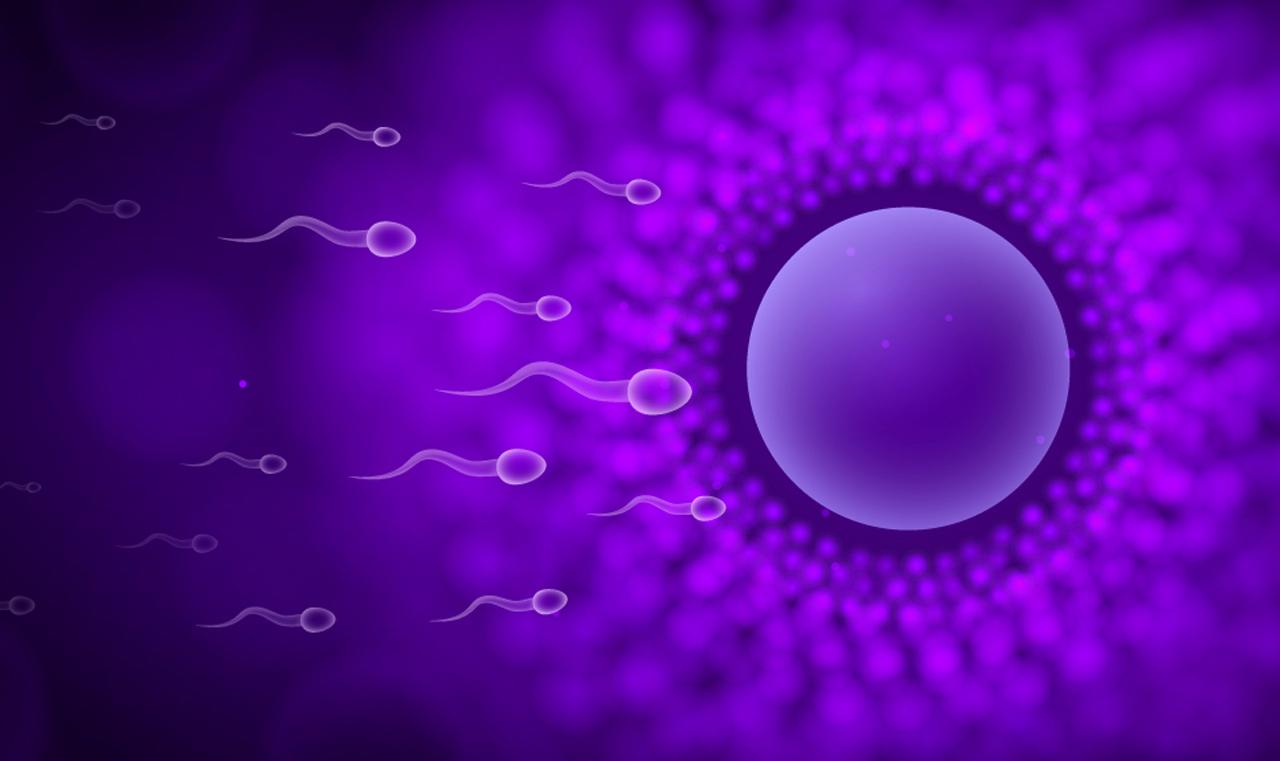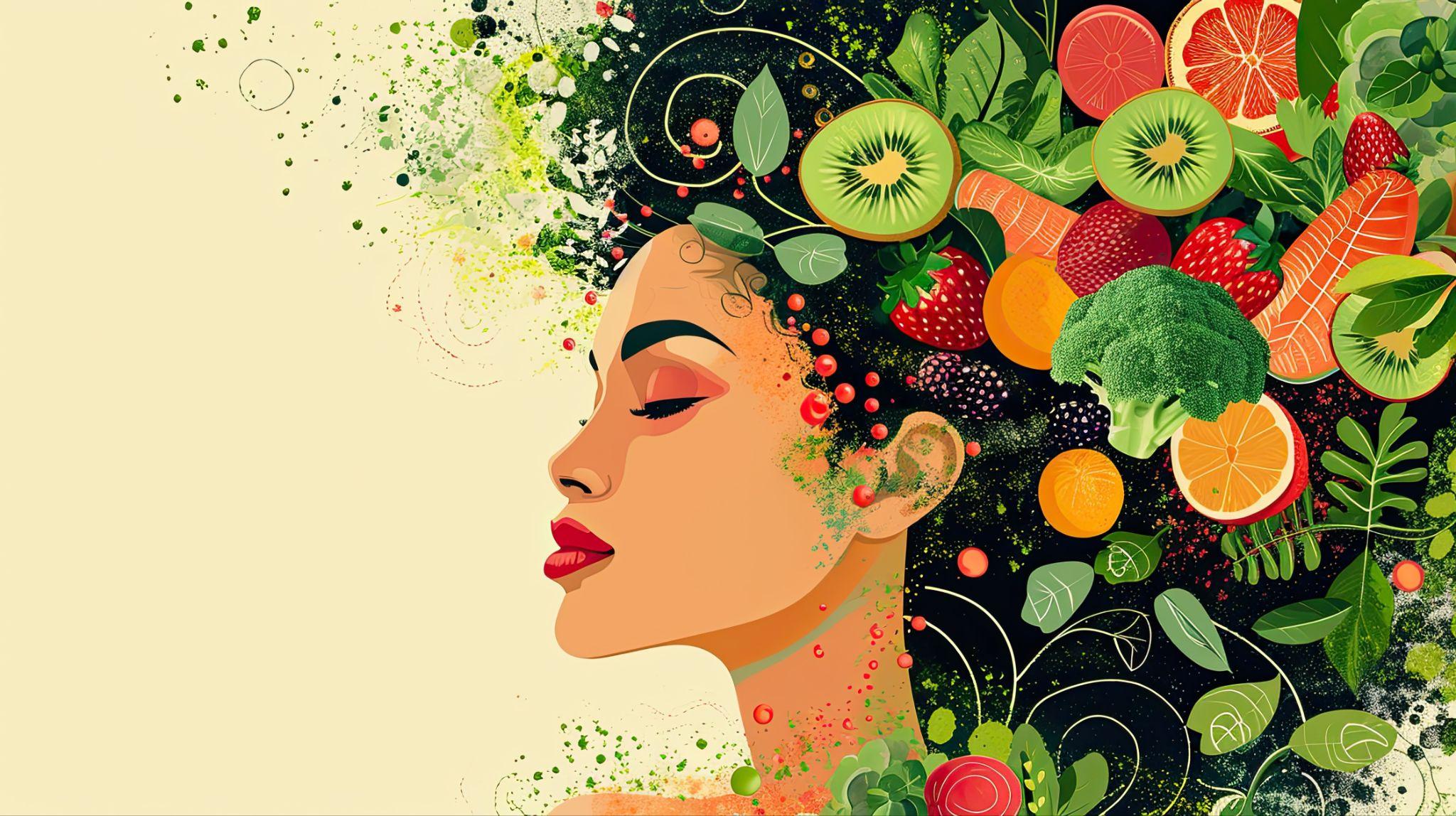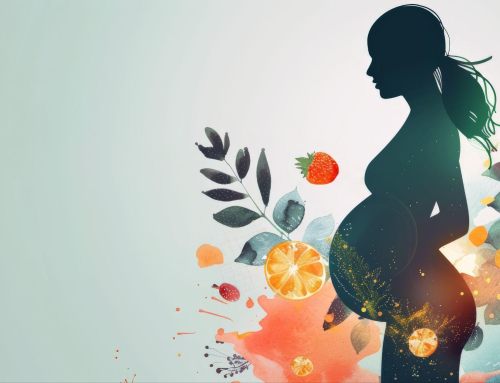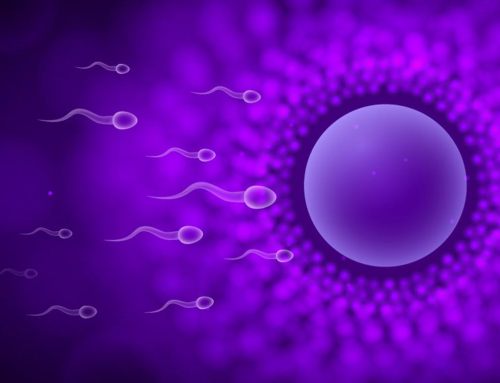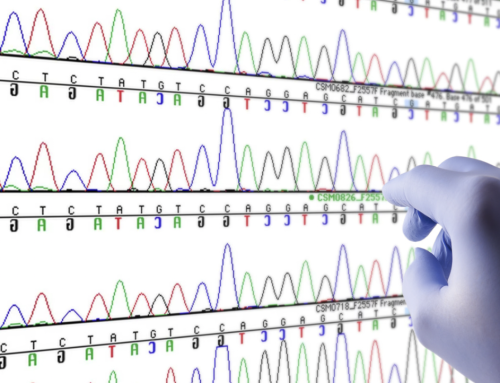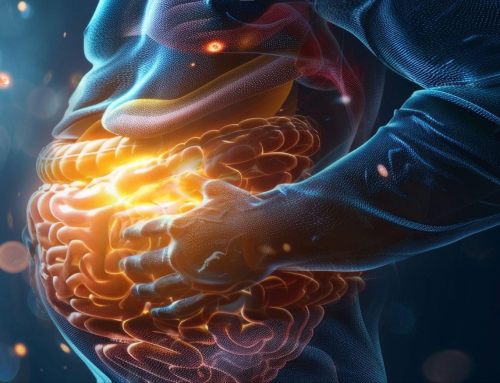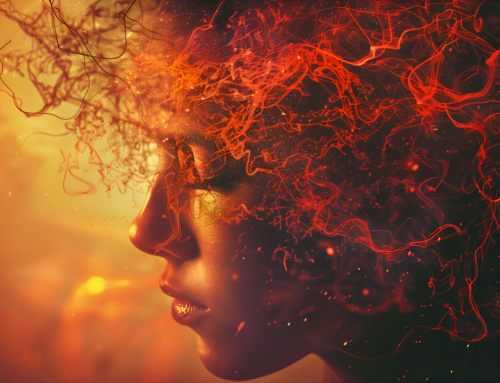Pharmacopoeia Phantastica: Psychedelics & Neuroplasticity
Mankind has long been intrigued by hallucinatory substances that have powerful effects on the psyche. Early in human history, substances in mushrooms and cacti were found to invoke visual and auditory hallucinations, intense feelings, and profound insights. Many indigenous cultures throughout the millennia have revered these altered states of consciousness from so-called “psychedelic” substances, judging by examples including the cave art of mushrooms dating back roughly 7,000 years ago (1, 2) and Pre-Columbian “mushroom rocks” in Central America (3). No doubt that psychedelic-induced hallucinations combined with their psychological and emotional changes profoundly affected many cultures. In many cases, the use of these powerful drugs became part of the culture’s religion, overseen by the shaman, priest, or elder as a socially restricted but effective practice used to address spiritual, mental, physical, or emotional issues.
Psychedelics have garnered intense focus in recent years, producing some amazing and promising research regarding neuroplasticity and epigenetics. Besides changes in mood, memory, and perception, physical changes in the brain have been captured and quantified in studies. Some studies have shown the ability of psychedelic substances to address certain types of anxiety (4), depression (5), and addictions (6).
With our modern technology and ability to examine brain function, could we find other health conditions that might benefit from these powerful substances? Since psychedelics seem to open people up to drastic changes in their mindset, what other applications could we find? How do psychedelic substances work? People can undergo profound changes in personality and mood as a result of taking psychedelics – even a one-time use, but are these changes permanent? We have a lot of questions about these powerful substances and their role in our society, but the information coming from studies so far is easily maintaining their mystique.
What exactly are psychedelics?
Psychedelics take many forms in the natural world. Psychedelic substances can be found in certain cacti, called peyote. Worshiped by Indian tribes of North and Central America, the active substance is referred to as “mescaline” and is a phenethylamine alkaloid. Certain mushrooms can also have psychedelic substances called “psilocin” or “psilocybin.” Perhaps psychedelic mushrooms are known on every continent and by almost every culture because over 200 types of fungi produce these alkaloids. Lysergic acid diethylamide (LSD) was originally derived from ergot, a fungus that grows on grains.
There are many terms for substances that produce the profound effects that our ancestors took notice of – “hallucinogens,” “psychedelics,” and more recently, “entheogen.” What sets these substances apart from others is their consistent ability to induce extremely altered states of consciousness – distortions of thoughts, emotions, and perceptions (7). The term “hallucinogen” focuses more on the visual effects (which is only a fraction of the effects), while the term “psychedelics” conjures up the fascination of the counter-culture of the 1960s, which may be a negative image for some.
However, the word “psychedelics” means “mind manifesting,” which seems an accurate description. The recent term “entheogen” comes from 2 Greek words merged together, roughly translating to “generating the God within,” and captures the Gestalt of the very deep and moving experiences that can be created in the user. Aside from visual hallucinations, subjects from studies in the 1960s reported distortions of memory and the perception of time, spiritual or “mystical” experiences, and changes in mood (7). While the term “entheogen” is gaining in popularity, the most familiar term used is “psychedelics.”
Some define psychedelics as substances that interact with the serotonin 5-Hydrodroxytryptamine 2A receptors (5-HT2A). However, the problem with basing a definition on that criteria is that multiple receptors are involved (5-HT1A, 5-HT2C), and different efficiencies of interacting with a particular receptor, depending on the psychedelic substance (7). By far, the receptor that has been studied the most is the 5-HT2A serotonin receptor. Often, you will see the term “serotonin psychedelics” refer to psychedelic substances such as psilocybin, LSD, and DMT which interact with serotonin receptors.
Yet others will categorize psychedelic substances by the family of chemical compounds they are composed of: lysergamides, tryptamines, and phenethylamines (7). The most widely known representatives for each category are psilocybin (tryptamine), LSD (lysergamide), and mescaline (phenethylamine) (8).
Despite the varied ways researchers might categorize psychedelic substances, most would agree upon their shared attributes, the ability to alter perceptions, such as :
- hallucinations (auditory and visual)
- altered “sense of self” (how someone sees their purpose, beliefs, traits, etc.)
- spiritual or mystical experiences
- increased creativity, “openness,” or insights (9)
- synesthesia (sensory perception gets crossed- “tasting” a sound, “hearing” a taste, etc.), the distorted passage of time, and “intensified feelings” (10).
Legality
One of the biggest impediments to studying psychedelics is their placement on “drugs of abuse” lists in most national drug policies. Psychedelics have been on “Schedule I” (the most restrictive category) of the United States Controlled Substances Act since the 1970s (11). This means psychedelics were not thought to have any “currently accepted medical use (12),” and may be prone to abuse or induce dependency. Peyote, LSD, and psilocybin all live on Schedule I, along with such drugs as bath salts and heroin (13).
Although illegal to use as recreational drugs in the U.S., psychedelic substances can go through an FDA approval path to be studied for use as a potential medication or therapy (14). There is also a status of “Breakthrough Therapy” that may be sought. These breakthrough therapies can not only allow their study and development but are even expedited through the approval processes by the FDA itself (15). Psilocybin, derived from certain mushrooms, is a psychedelic substance that gained breakthrough therapy status in 2018 as a way to treat “treatment resistant depression” (16, 17).
The real concern is that psychedelic substances are so powerful and mind-altering that incorrect dosing could irreparably harm someone. There are aspects of ethics that must be considered when conducting testing. One big area of questioning has been one of dosage – can positive effects be obtained in dosages too small to trigger hallucinations and intense emotions? Or is the “trip” what causes the more lasting effects? Are the after-effects truly long-lasting?
Note, in cases where psychedelics have been studied, they are often paired with guided talk therapy or the physical presence of a therapist. This increases the safety aspect for the subject and can cut down on negative experiences.
Neuroplasticity studies
Psychedelics can make substantive changes to brain structure, including stimulation of neuroplasticity – the ability of the brain to adapt structurally and functionally to change. Older studies are highly suggestive of neuroplasticity being one of the drivers behind long-lasting changes in the brain that were expressed by subjects as increases in “openness” to experiences, reductions in feelings of anxiety, and increases in the sense of well-being (18).
In particular, LSD has been shown to affect neuroplasticity. As animal trials were successful, human trials are now underway to confirm that LSD can increase the neuroplasticity of cortical neurons after just one dose in (healthy) human subjects (18). This is an attempt to quantify the basics of how LSD works in the human brain. Researchers will attempt to determine where in the brain changes may occur, how long the changes in the brain may last, and any effects on mood and thought processes. To assess neuroplasticity in the motor cortex, researchers will examine changes in the strength of evoked action potential after a paired associative stimulation (PAS) over time. Another measurement will be of levels of brain-derived neurotrophic factor (BDNF) in plasma and serum over time after exposure to LSD. BDNF are considered markers of neuroplasticity, with higher levels of BDNF associated with increased levels of neuroplasticity. The study began in May of 2022 and will end in 2024.
Another current study centers on evoking neuroplasticity in sufferers of major depressive disorder (MDD) with low-dose psilocybin (19). In 2019 the National Health Interview Survey found that 21% of adults in the U.S. aged 18-29 experienced symptoms of depression, and about 18% of those over age 45 reported depression (20). With such large numbers of the population affected by depression, a lot of attention is being paid to this study. Different arms of the study will compare those who received low-dose psilocybin with those who received a placebo in various combinations over the course of 2 sessions. Estimates of neuroplasticity will be measured by electroencephalography (EEG), which is electrical impulses measured through the surface of the scalp. Another measure of neuroplasticity will be auditory long-term potential, the increase in synaptic efficiency or efficacy following stimulation in the auditory system. Other points of measurement will be changes in mood and verbal memory.
Yet another very important study should be starting this month. It will examine the effects of a single dose of psilocybin on subjects suffering from “alcohol use disorder.” In 2019, a quarter of the U.S. population surveyed reported that they engaged in binge drinking in just one month, and alcohol-related liver disease is rampant (21). Despite the headaches and poor health that heavy drinking can bring on, many, many people find quitting alcohol extremely difficult. If low-dose psilocybin can help wean a person off of alcohol, it will be extremely popular. The doses of psilocybin in this study will be used in conjunction with psychological therapy to attempt to reduce the number of days of heavy drinking over the course of 12 weeks. The presence and amount of psilocybin in the blood will be tracked to understand the effects of dosage. (Hopefully, this will help answer the question of whether long-term changes can be achieved in low doses that do not trigger hallucinations.) The amount of alcohol in the blood will be tracked, as well as reports of subjective experiences. Neuroplasticity will be tracked by BDNF concentration in the plasma. This study has over 20 secondary outcome measures, so a substantial amount of good information will be forthcoming about how psilocybin can help this complex human condition.
Epigenetic studies
Previous studies on psychedelics illustrated that they can be effective in countering depression and that the effect can be long-term rather than transient. Of particular concern was finding the mechanisms of action so that a non-psychedelic solution to depression might be forthcoming. Interestingly, in this case, the mechanism of action turned out to be epigenomic. In 2021, this study attempted to uncover the mechanisms of action using a single dose of psychedelic “DOI,” an amphetamine-based 5-HT2 receptor agonist. It was discovered that chromatin was altered at enhancer regions of genes that affect synapse formation (assembly). Chromatin provides the interface through which insulators, promotors, enhancers, and other substances can attempt to epigenomically regulate the expression of genes. The changes in the chromatin were found to share loci identified as being involved in depression, schizophrenia, and attention deficit hyperactivity disorder (ADHD) (22).
A current study that will look at one aspect of epigenomics in regard to psilocybin and a proof-of-concept for treatment of alcohol use disorder (AUD) is underway. This is a double-blind, placebo-controlled study of 10 alcohol-dependent subjects to be given a single dose of psilocybin and monitored for 6 weeks (23). While the sample size is low, there are hopes to gain data regarding how well psilocybin treats AUD and also gain insight into the underlying mechanisms of action. Epigenetic markers will be investigated via a blood sample, as well as the state of cortical neurons and liver enzymes. Multiple questionnaires will be implemented to determine subjective experiences and the amount of alcohol consumed per day. The results of this study are much anticipated and should conclude in 2023.
What’s the therapeutic applicability?
The big hope of many researchers is to address depression, alcoholism, and other substance additions through the use of therapeutic psychedelics. These three conditions cost millions of dollars in lost productivity and healthcare costs. However, more importantly, they are miserable conditions to live in – robbing people of hope, confidence, and self-respect. Many people can hardly function, unable to keep a job, friends, or family due to their mental health disorders and/or addictions. Alleviating these conditions, which are so prevalent and have such a high impact on society, would improve humankind in general. Addictions are especially hard to treat, and if psychedelics could provide a tool to alleviate this suffering, it would provide a modern reason to support the reverence it has been given for centuries.
For these substances to be a complete cure, we may need the human connection part of these ancient practices. The substances alone may help, but the human connection of therapy, guidance, or counseling may take it from working to working very well. In the coming years, it will be interesting to watch the results of the psychedelic substances versus psychedelic substances plus counseling or guidance. This may be a case where replicating the spiritual cures of ancient people can provide a happier future for an entire portion of the population.
Sources:
- Alegerian cave paintings suggest humans did magic mushrooms 9,000 years ago [Internet]. Open Culture. [cited 2022Oct6]. Available from https://openculture.com/2021/01/algerian-cave-paintings-suggest-humans-did-magic-mushrooms-9000-years-ago.html
- Cave paintings of mushrooms [Internet]. Mushroom. 2015 [cited 2022Oct6]. Available from: https://www.mushroomthejournal.com/a-cave-in-spain-contains-the-earliest-known-depictions-of-mushrooms/
- Mycolatry 101 [Internet]. HIDDEN IN PLAIN SIGHT. [cited 2022Oct6]. Available from: https://www.mushroomstone.com/mycolatry-101
- Psilocybin produces substantial and sustained decreases in depression … [Internet]. [cited 2022Oct6]. Available from: https://journals.sagepub.com/doi/10.1177/0269881116675513
- Artin H, Zisook S, Ramanathan D. How do serotonergic psychedelics treat depression: The potential role of neuroplasticity [Internet]. World journal of psychiatry. Baishideng Publishing Group Inc; 2021 [cited 2022Oct6]. Available from: https://www.ncbi.nlm.nih.gov/pmc/articles/PMC8209538/
- Winkelman M. Psychedelics as medicines for substance abuse rehabilitation: evaluating treatments with LSD, Peyote, Ibogaine and Ayahuasca. Curr Drug Abuse Rev. 2014;7(2):101-16. doi: 10.2174/1874473708666150107120011. PMID: 25563446.
- Nichols DE. Psychedelics [Internet]. Pharmacological reviews. The American Society for Pharmacology and Experimental Therapeutics; 2016 [cited 2022Oct6]. Available from: https://www.ncbi.nlm.nih.gov/pmc/articles/PMC4813425/
- Mallaroni P, Mason NL, Vinckenbosch FRJ, Ramaekers JG. The use patterns of novel psychedelics: experiential fingerprints of substituted phenethylamines, tryptamines and lysergamides. Psychopharmacology (Berl). 2022 Jun;239(6):1783-1796. doi: 10.1007/s00213-022-06142-4. Epub 2022 Apr 30. PMID: 35487983; PMCID: PMC9166850.
- Brooks S. Psychedelics and neuroplasticity: How psychedelics change the way you think [Internet]. Mindbetter. [cited 2022Oct6]. Available from: https://mindbetter.com/psychedelics-and-neuroplasticity/
- Psilocybin (magic mushrooms) uses, Effects & Hazards [Internet]. Drugs.com. [cited 2022Oct6]. Available from: https://www.drugs.com/illicit/psilocybin.html
- Belouin SJ, Henningfield JE. Psychedelics: Where we are now, why we got here, what we must do. Neuropharmacology. 2018 Nov;142:7-19. doi: 10.1016/j.neuropharm.2018.02.018. Epub 2018 Feb 21. PMID: 29476779.
- Drug scheduling [Internet]. DEA. [cited 2022Oct6]. Available from: https://www.dea.gov/drug-information/drug-scheduling
- List of schedule 1 drugs [Internet]. Drugs.com. [cited 2022Oct6]. Available from: https://www.drugs.com/article/csa-schedule-1.html
- FDA and NIH perspectives on Psychedelic Drug Development [Internet]. • Psychedelic Support. 2021 [cited 2022Oct6]. Available from: https://psychedelic.support/resources/fda-nih-perspectives-psychedelic-drug-development/
- Breakthrough therapy [Internet]. U.S. Food and Drug Administration. FDA; [cited 2022Oct6]. Available from: https://www.fda.gov/patients/fast-track-breakthrough-therapy-accelerated-approval-priority-review/breakthrough-therapy
- Saplakoglu Y. FDA calls psychedelic psilocybin a ‘breakthrough therapy’ for severe depression [Internet]. LiveScience. Purch; 2021 [cited 2022Oct6]. Available from: https://www.livescience.com/psilocybin-depression-breakthrough-therapy.html
- Psilocybin for major depression granted breakthrough therapy by FDA [Internet]. New Atlas. 2019 [cited 2022Oct6]. Available from: https://newatlas.com/science/psilocybin-major-depression-mdd-usona-breakthrough-therapy-fda/
- Effects of LSD on neuroplasticity in healthy subjects – full text view [Internet]. Full Text View – ClinicalTrials.gov. [cited 2022Oct6]. Available from: https://clinicaltrials.gov/ct2/show/NCT05177419
- Psilocybin – induced neuroplasticity in the treatment of major depressive disorder – full text view [Internet]. Full Text View – ClinicalTrials.gov. [cited 2022Oct6]. Available from: https://clinicaltrials.gov/ct2/show/Nct03554174
- Products – data briefs – number 379 – September 2020 [Internet]. Centers for Disease Control and Prevention. Centers for Disease Control and Prevention; 2020 [cited 2022Oct6]. Available from: https://www.cdc.gov/nchs/products/databriefs/db379.htm
- Alcohol Facts and Statistics [Internet]. National Institute on Alcohol Abuse and Alcoholism. U.S. Department of Health and Human Services; [cited 2022Oct6]. Available from: https://www.niaaa.nih.gov/publications/brochures-and-fact-sheets/alcohol-facts-and-statistics
- Revenga Mde la F, Zhu B, Guevara CA, Naler LB, Saunders JM, Zhou Z, et al. Prolonged epigenomic and synaptic plasticity alterations following single exposure to a psychedelic in mice [Internet]. Cell Reports. Elsevier; 2021 [cited 2022Oct6].
- Clinical and mechanistic effects of psilocybin in alcohol addicted patients – full text view [Internet]. Full Text View – ClinicalTrials.gov. [cited 2022Oct6].


